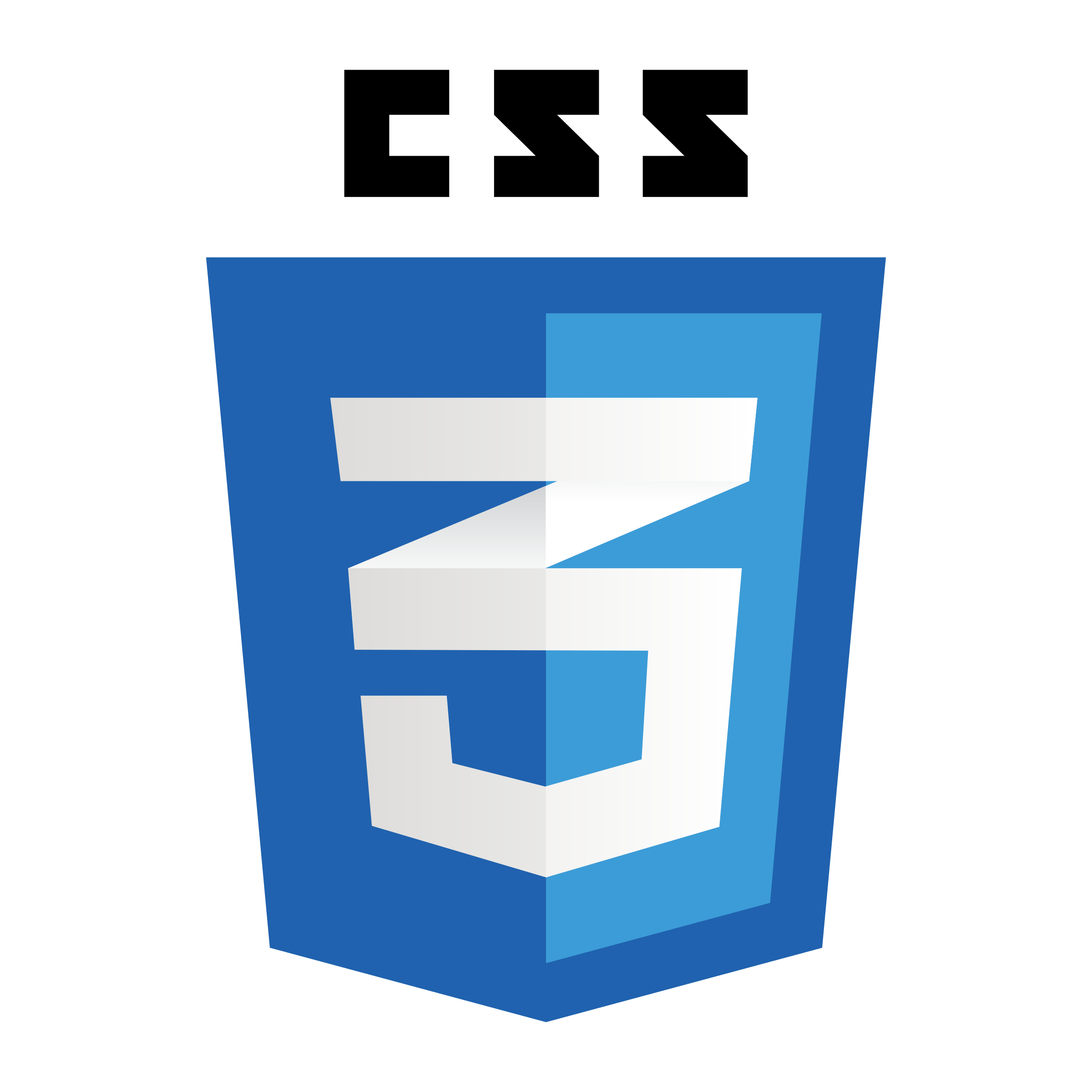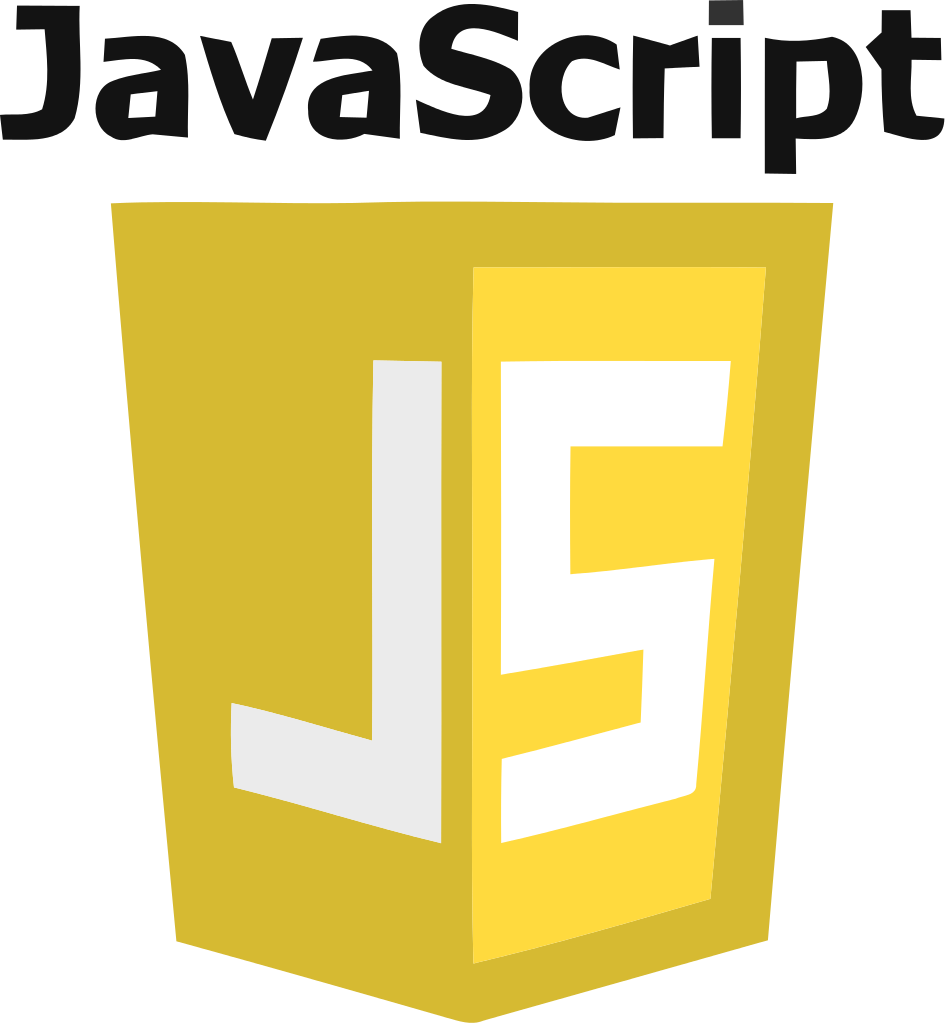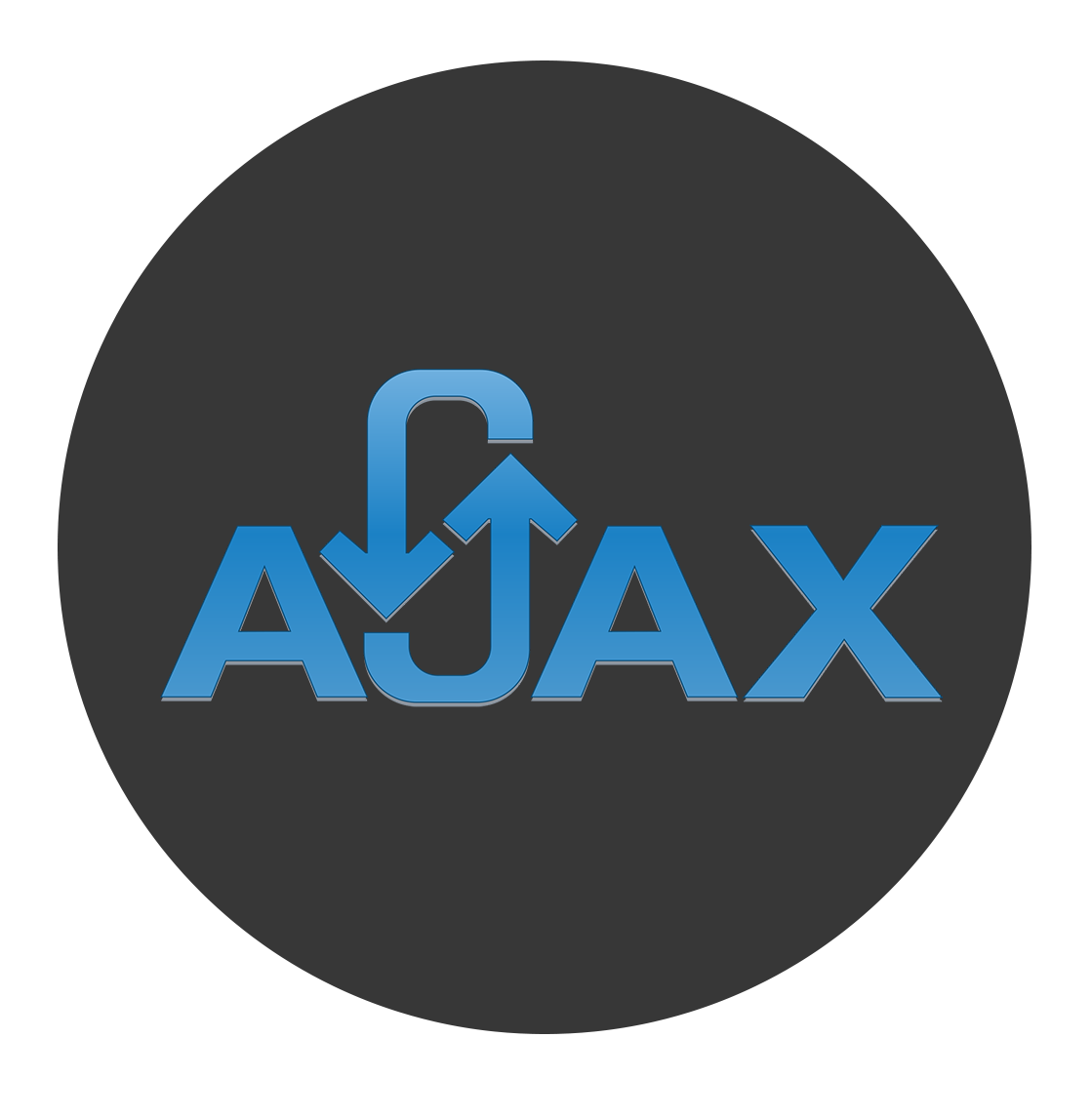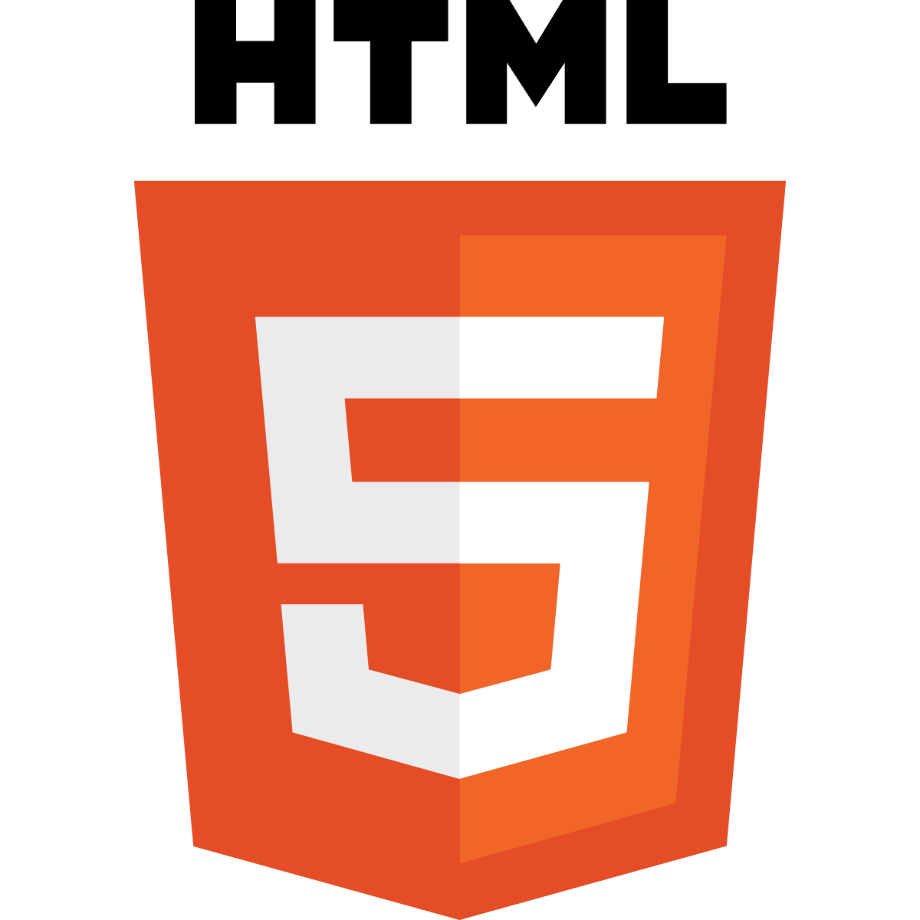With HTML5, I learned how to structure and present content on web pages using modern tags and elements, enabling me to create interactive and dynamic websites.

With CSS3, I learned how to enhance the presentation and styling of web pages, including layout, colors, typography, animations, and responsiveness, allowing me to create visually appealing and modern websites.

With JavaScript, I learned how to add interactivity and dynamic behavior to web pages, enabling me to manipulate and update content, respond to user actions, handle form submissions, perform calculations, and create engaging and interactive web experiences.

With jQuery, I learned how to simplify and streamline my JavaScript code by utilizing its powerful library of pre-built functions and methods, allowing me to efficiently manipulate and traverse HTML elements, handle events, perform animations, make AJAX requests, and create interactive and responsive web applications.

With XML, I learned how to structure and store data in a standardized and platform-independent format, enabling me to facilitate data exchange between different systems, define custom markup languages, and organize information hierarchically for efficient processing and retrieval.

With JSON, I learned how to represent and exchange data in a lightweight and human-readable format, allowing me to easily store, transmit, and parse data across different programming languages and platforms, facilitating seamless integration and efficient communication between web services and applications.

With AJAX, I learned how to asynchronously communicate with servers, enabling me to retrieve and send data in the background without disrupting the user experience, making my web applications more responsive and dynamic by dynamically updating content, fetching data without page reloads, and interacting with server-side APIs seamlessly.

With responsive web design, I learned how to create websites that adapt and optimize their layout and appearance across different devices and screen sizes, utilizing techniques such as fluid grids, flexible images, and media queries, ensuring an optimal user experience and accessibility on desktops, tablets, and smartphones.

The capstone project represents the culmination of the comprehensive array of projects completed throughout the Front-end Developer Certificate program offered by Montgomery College. It serves as a comprehensive overview, showcasing the mastery and proficiency attained in various aspects of front-end development. By consolidating and synthesizing acquired knowledge and skills, this capstone project reflects the ability to design and develop a sophisticated web application or website that exemplifies professional standards and industry best practices.












